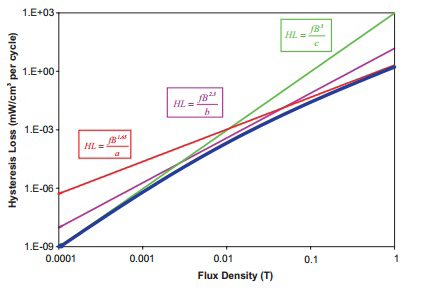Design Center
[S02] Future of the Electric Car
The competition between hydrogen and electric cars is not even close.

[S03] PFC Wide Range
A circuit for producing the output voltage you need from high ac line voltages.
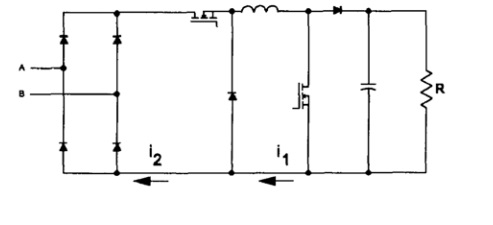
[S01] Sepic Full Analysis
The complete analysis of the Sepic converter – the only place where this can be found. By Dr. Vorpérian.
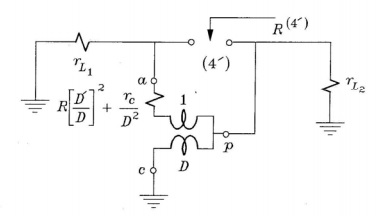
[S04] PFC Small Signal
How to analyze the low-frequency plant characteristics of a PFC circuit.

[A22] Magnetics Proximity Loss
Proximity Loss in Magnetics Windings.
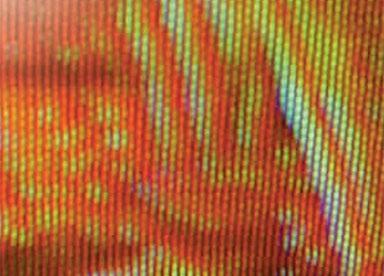
[A21] Designing with the TL431
The first-ever proper analysis of the popular TL431 controller.
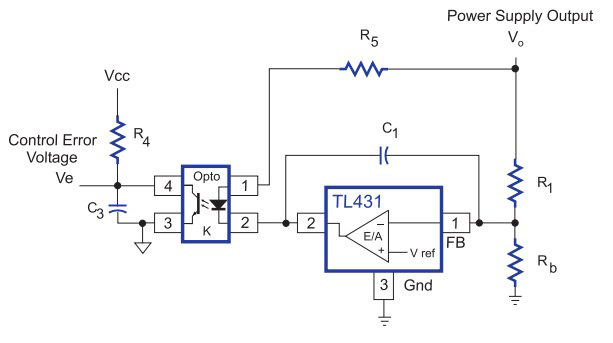
[A20] High Frequency Power Inductor Design
Proximity effects show the difference between off-the-shelf designs and custom designs.
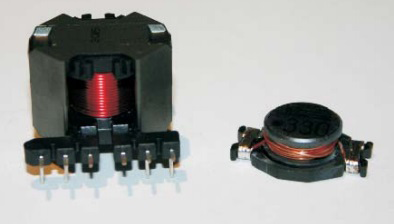
[A19] Using Fractals to Model Eddy-Current Losses in Feretic Materials
Vorpérian’s fractal circuits accurately model the frequency dependence of core loss.

[A18] Current-Mode Control Modeling
A simple and accurate summary of current mode modelling.
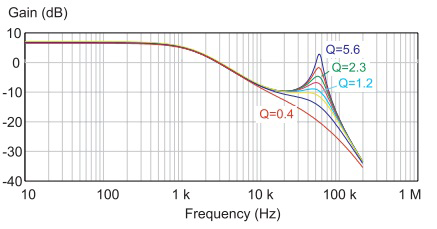
[A17] International Space Station
A look at the power systems on the ISS.

[A16] Ripple Theorem
Vorpérian’s amazing ripple theorem generates ripple currents and voltages from the small-signal switch model.
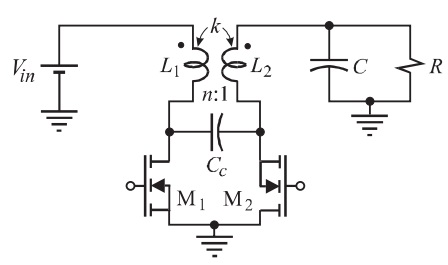
[A15] High Frequency Power Transformer Measurement & Modeling
Characterize your magnetics properly to guarantee quality parts.
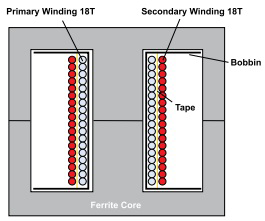
[A14] Made in China: Land of Opportunity?
The hidden price of outsourcing is an abandonment of valuable IP.

[A13] Power Supply Stress Testing
Useful techniques for accurately determining junction temperatures of your semiconductor devices.
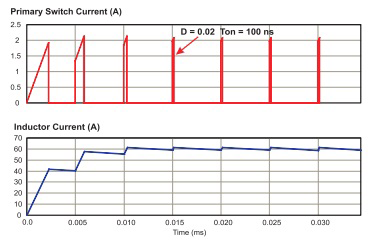
[096] Current-Mode History and Loose Ends Part V – The Correct Modulator Gain
The correct modulator gain is confirmed by experiment. Different analysis results are completely resolved when choosing the right modulator gain.
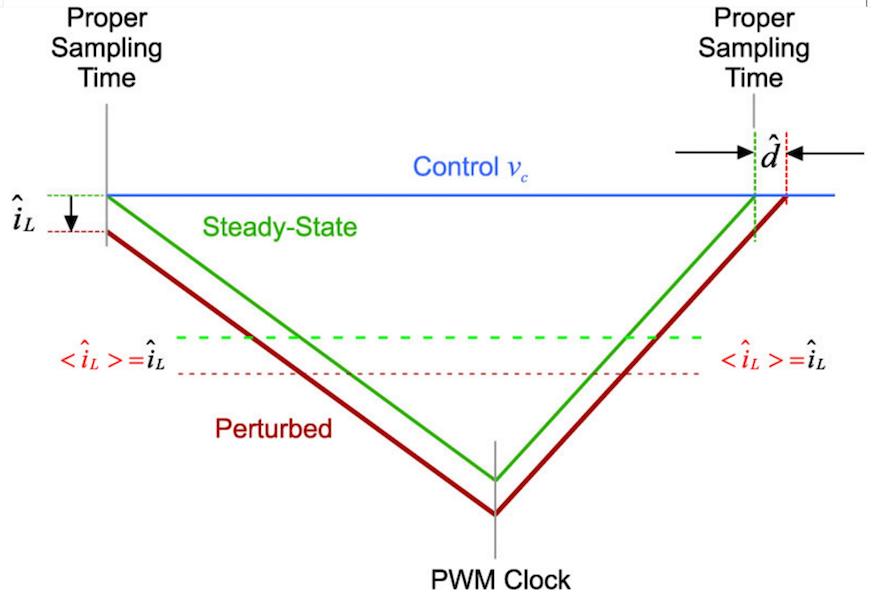
[A12] Semiconductor Temperature Measurement in a Flyback Power Supply
Useful techniques for accurately determining junction temperatures of your semiconductor devices.
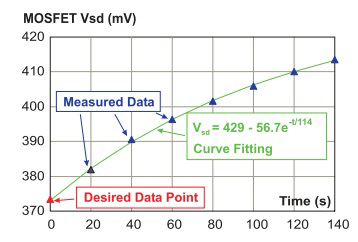
[A11] Gate Drive Design Tips
The right way to drive you power circuit mosfets for safety and ruggedness.
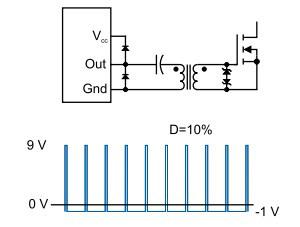
[A09] Analyzing The Sepic Converter
Summarizing the main features of the Sepic control characteristics.
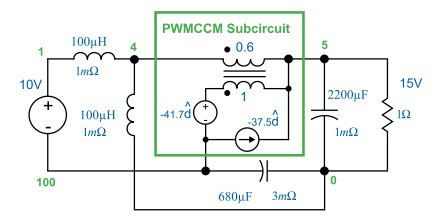
[A08] Six Common Reasons for Power Supply Instability
There are many causes for apparent instability in a controller, not just a lack of phase margin in the loop.
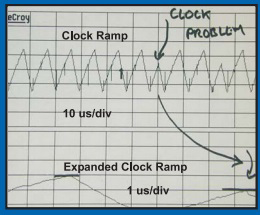
[A06] Core Loss Modeling & Measurement
A core loss modeling paper from Chris Oliver of Micrometals.
